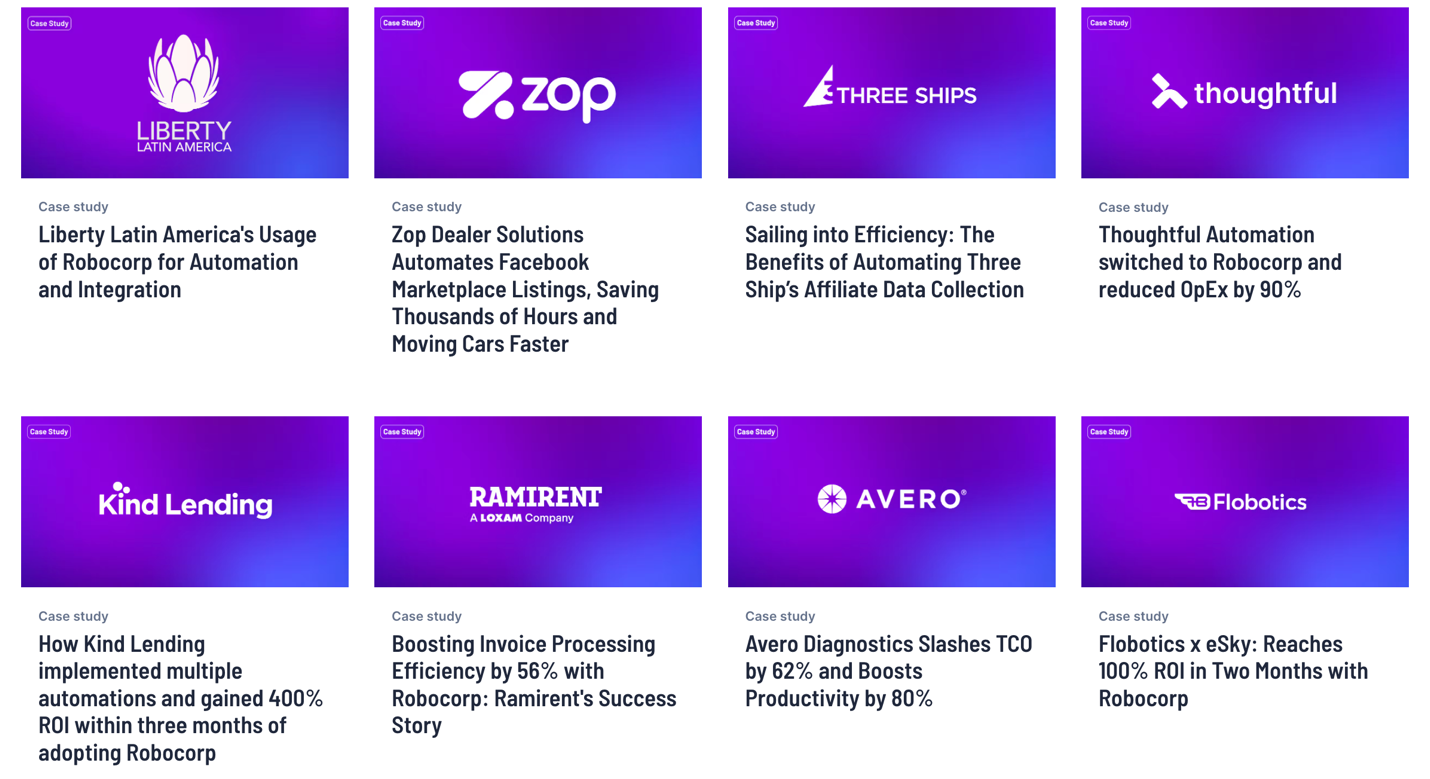In the world of technology, AI continues to emerge as a promising but buzzy reality. While the technology holds transformative potential across sectors, stakeholders and customers alike often react with skepticism at the mention of AI. The core of this skepticism is simple: is AI a practical solution for specific business problems, or just a buzzword-ridden toolset that requires users to stretch their creative imagination? This highlights the critical importance of understanding the business use case of your customers, developing solutions that deliver specific value, and effectively communicating this value proposition to customers.
Demystifying AI: Focusing on Use Cases and Delivering Specific Value
At the heart of the AI skepticism is the perception that AI is often touted as a one-size-fits-all panacea, leading to disenfranchised and, sometimes, embarrassed buyers when it doesn’t deliver as expected. The key to addressing this is to shift the focus from the technology itself to the problems it can solve. In other words, focus on a specific business use case.
Whether it’s streamlining supply chain processes, predicting customer behavior, or enhancing fraud detection, every AI solution needs to be rooted in a specific use case. This approach ensures that the technology serves a tangible purpose, tailored to a specific business challenge rather than a generalized toolset delivering no value to customers.
Clarifai’s visual inspection solution focuses on a core customer problem:

Developing AI solutions that deliver specific value entails a deep understanding of the business landscape, challenges, and goals of prospective customers. The aim is to build AI solutions not as standalone tech platforms, but as integrated solutions that plug into existing systems and processes to enhance efficiency, accuracy, or revenue generation.
Effectiv integrates across the customer’s stack and does not require a heavy engineering lift for the customer:

Remember, the value proposition of your AI solution should not revolve around the technology itself, but the specific, quantifiable benefits it brings. Does it reduce operational costs? Does it improve customer retention? Does it increase reliability? Or perhaps it accelerates time-to-market for new products? By focusing on these tangible outcomes, you’re selling a solution that impacts that the bottom line. This in turn makes it easier for a customer to justify buying your product.
Marketing AI Investments: The Right Message to the Right Audience
Now that you’ve centered your AI solution on a business use case and designed it to deliver specific value, it’s crucial to communicate this effectively. This is where marketing comes into play. Given the increasing skepticism around AI in enterprises, here’s what you need to keep in mind:
- Simplify and Personalize: Leave the jargon behind and focus on what the AI solution does for the customer. Personalize the value proposition to resonate with their unique business context and challenges.
- Show, Don’t Just Tell: Use case studies and testimonials to demonstrate how your company has solved real-world business problems. Tangible evidence of success is far more convincing than theoretical promises.
- Fight Skepticism with Metrics: Frame the conversation around ROI. How does the solution boost revenue, cut costs, or enhance productivity? Quantifiable metrics add weight to your value proposition and help convince skeptical customers.
- Mitigate Perceived Risks: Address common concerns about AI such as security issues or hallucinations. Highlight the measures your company takes to mitigate these risks and how your product actually creates trustable efficiency.
We worked with our portfolio company, Robocorp, to create effective messaging of their capabilities and the value they bring to customers:

As a founder building a sustainable business, your role goes beyond fundraising and hiring. You need to build a business that effectively solves critical problems for your customers. By building a solution that does that and fits in a customer’s workflow, you eliminate barriers to adoption and build trust. And by focusing your messaging on metrics such as ROI, you can prevent the eye roll.






















